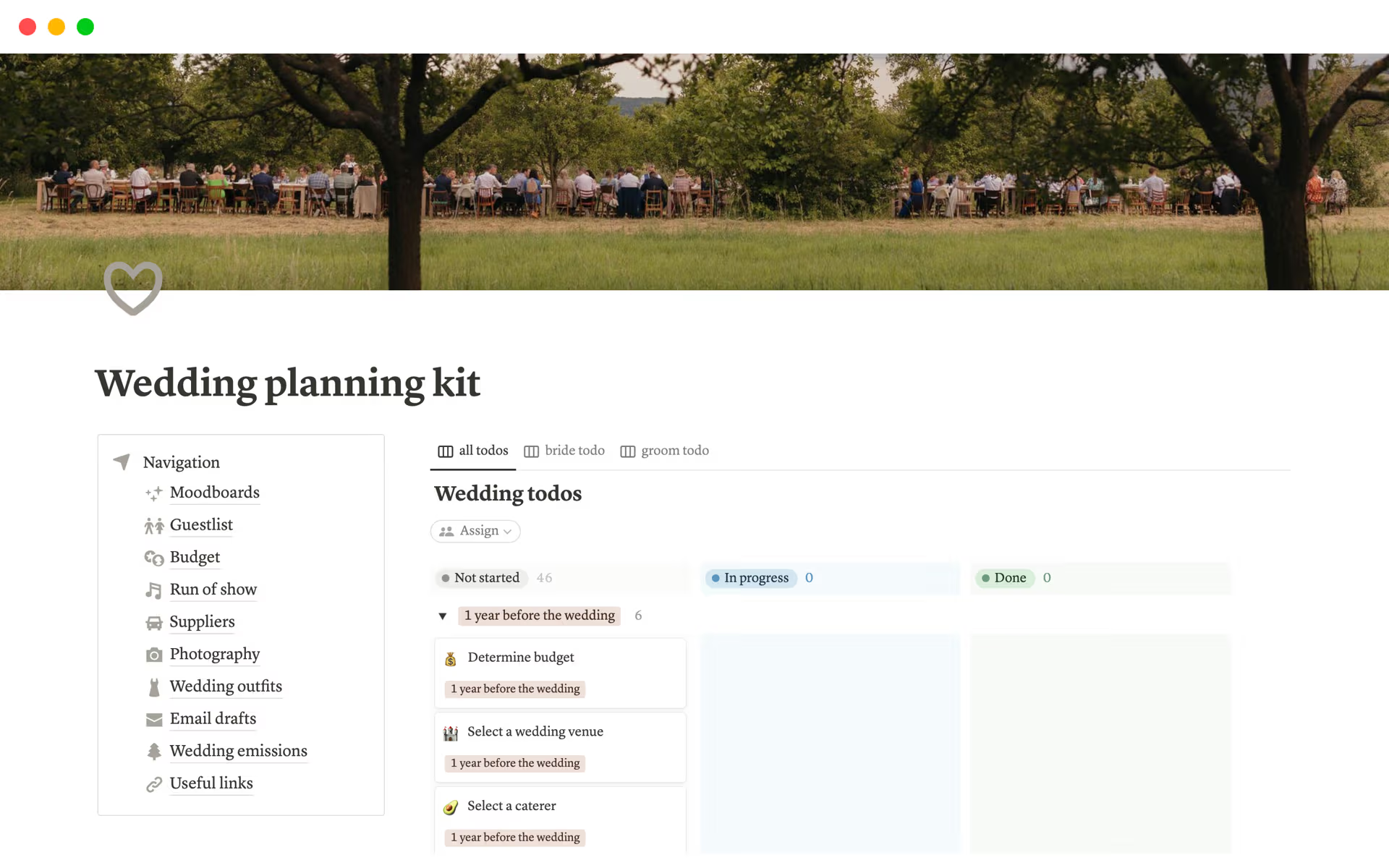Kanban provides web developers with a visual method to manage tasks and workflows efficiently, allowing for real-time updates and progress tracking. A Kanban template in Notion can streamline this process, offering a structured yet flexible approach to project management and team collaboration. Before starting to create your own Kanban template, consider exploring the examples provided to simplify and enhance your workflow management.
What Should Kanban Templates Include?
Choosing the right Kanban template can streamline your project management and enhance productivity. Here are key components to look for in a Kanban Notion template:
Customizable Columns: Ensure the template allows you to modify and add columns easily to fit the specific stages of your workflow.
Integration Capabilities: A good template should integrate seamlessly with other tools and platforms you're using, enhancing its utility without complicating the process.
Automated Notifications: Look for templates that support notifications to keep team members updated on task progress and changes, fostering better communication.
Visual Enhancements: The ability to add labels, colors, and other visual elements helps in quickly navigating the board and understanding task statuses at a glance.
Selecting a Kanban template that aligns well with your team's needs and workflow can significantly impact your project's efficiency and outcome.
What Should Kanban Templates Avoid?
Choosing the right Kanban template is crucial for streamlining your workflow effectively. However, certain features can complicate rather than simplify your project management tasks. Here are three key components to steer clear of:
Overly Complex Customization Options: While customization can be beneficial, excessively intricate settings can lead to confusion and inefficiency. Opt for templates that keep customization straightforward and user-friendly.
Fixed Number of Columns: A template that restricts you to a set number of columns can limit your ability to adapt to different projects or workflows. Flexibility in column addition or removal is essential for a scalable Kanban board.
Non-Collaborative Features: Avoid templates that do not support team collaboration. Kanban is most effective when all team members can contribute updates and track progress collectively.
Remember, the best Kanban template is one that enhances clarity and coordination, helping your team focus on what's most important without getting bogged down by unnecessary features.











